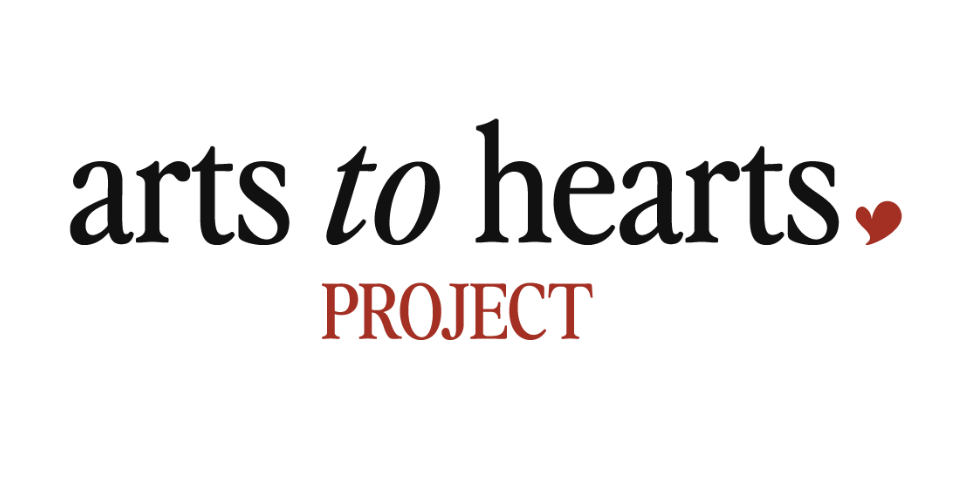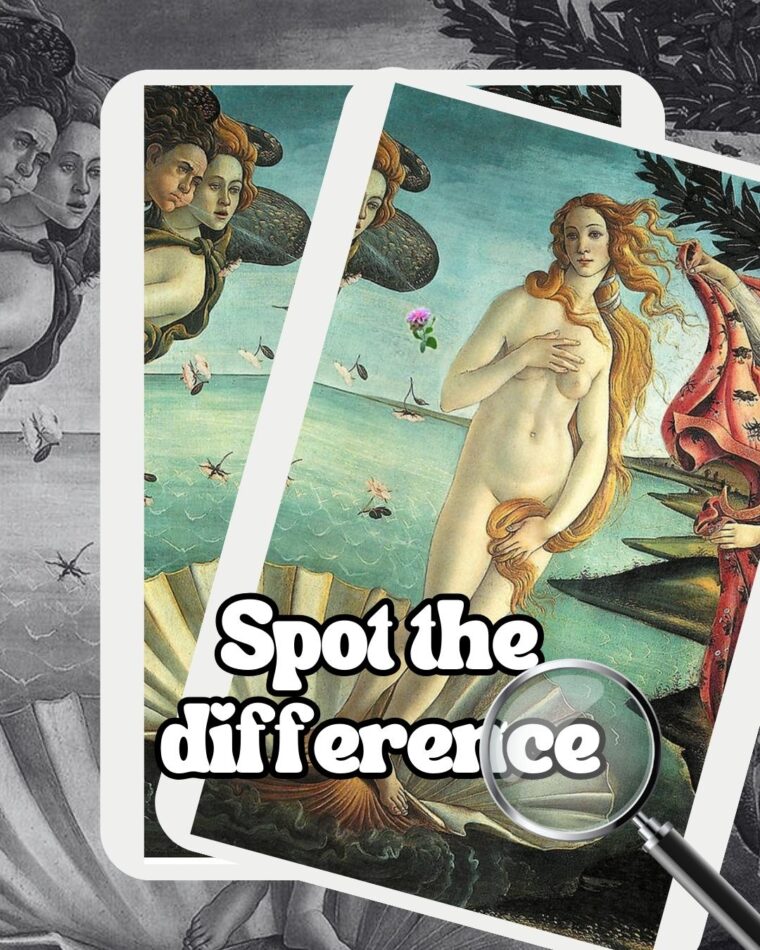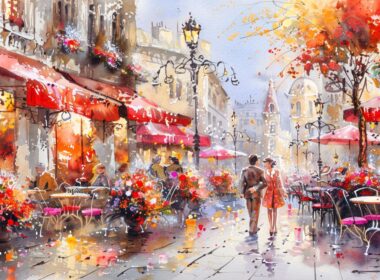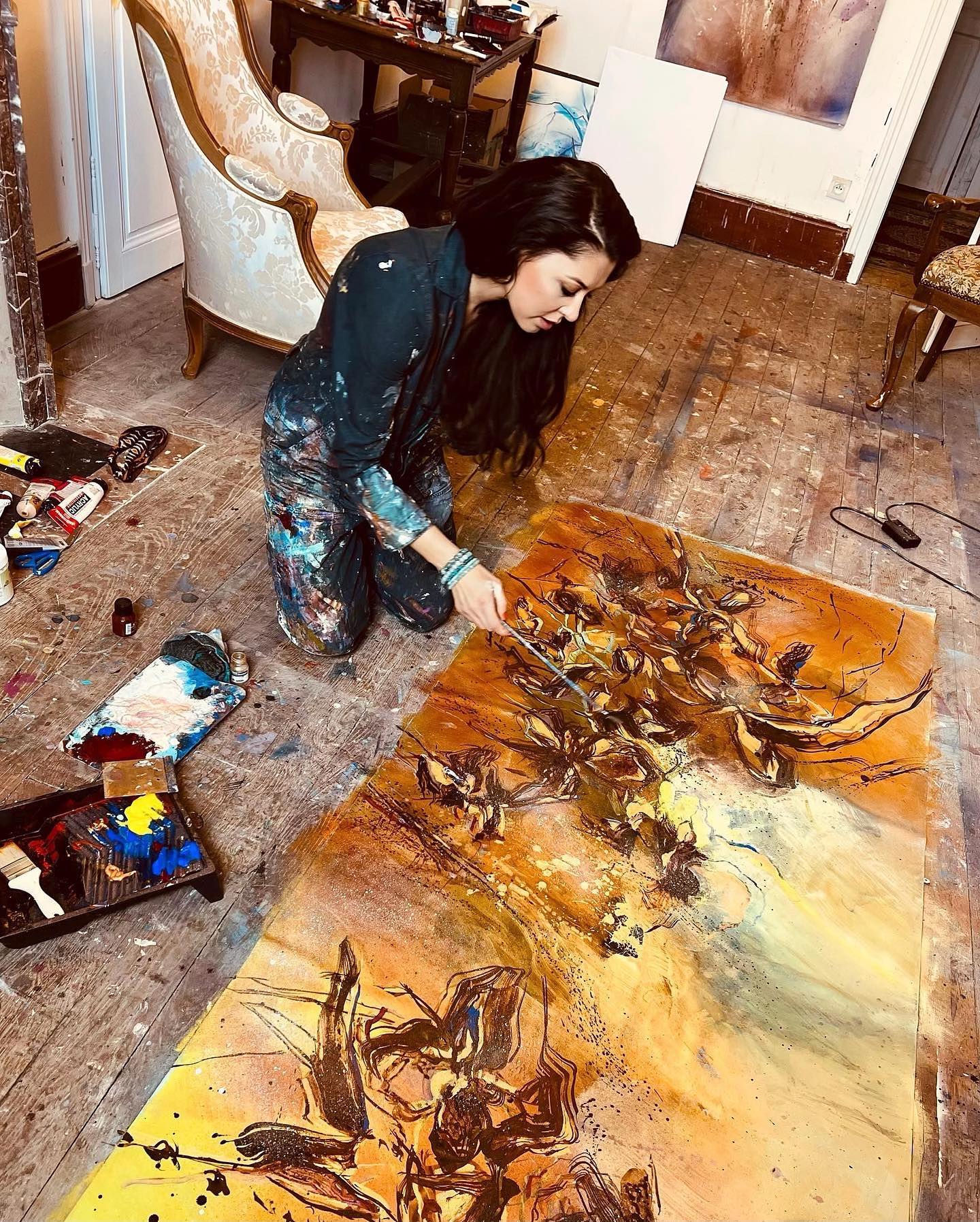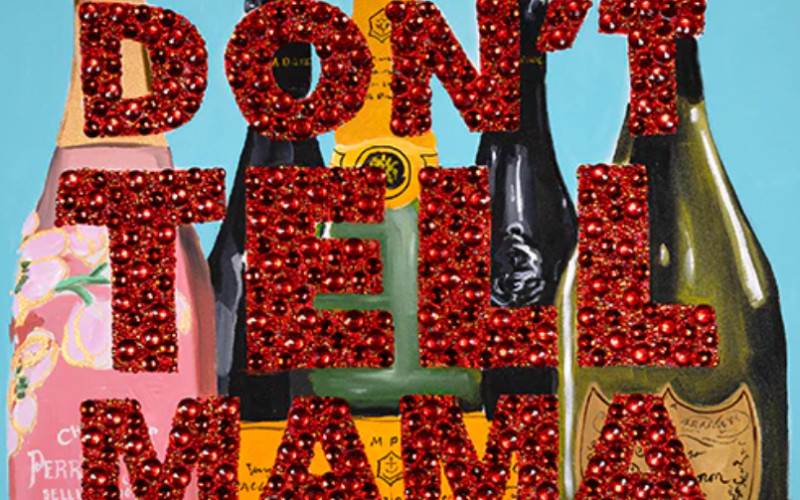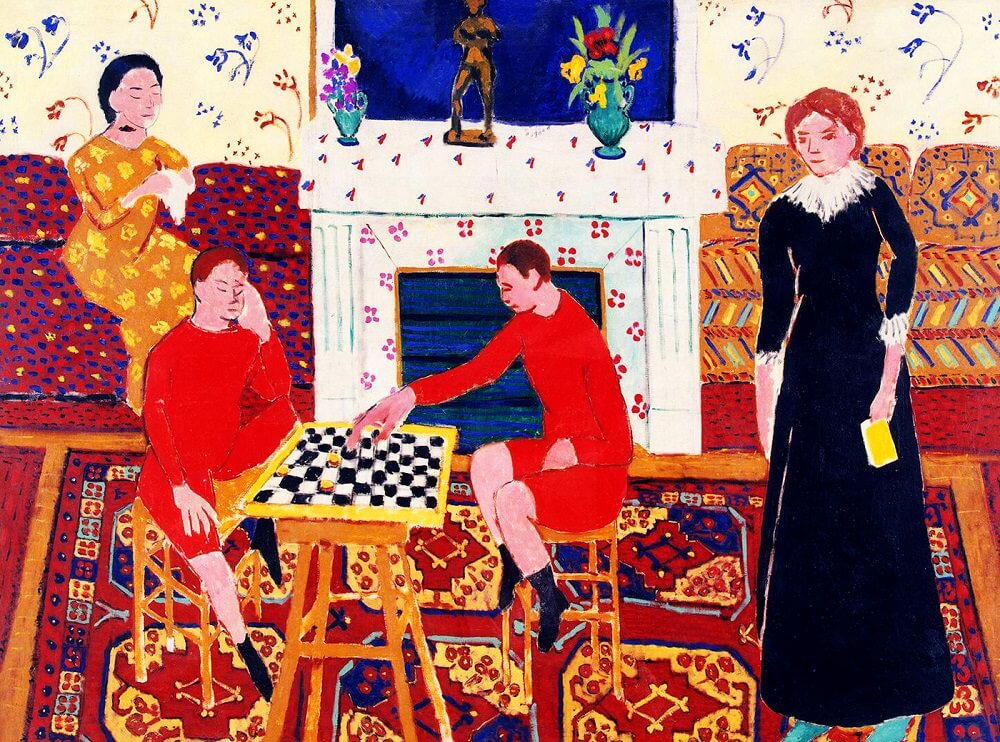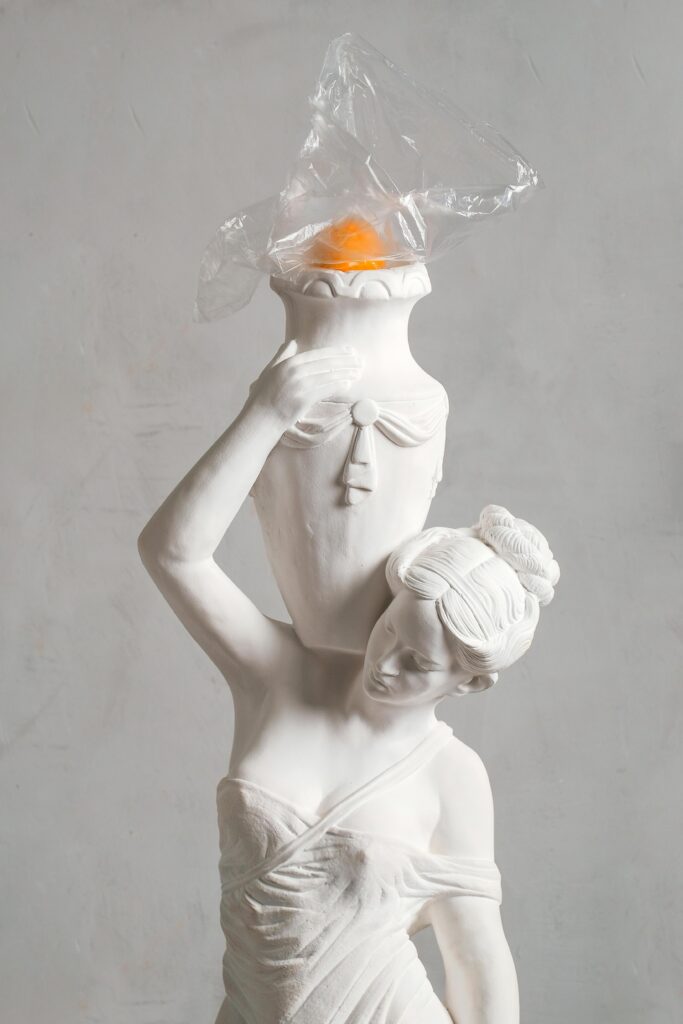
5 Platform to Use for Open Call Submissions


If you’re reading this, chances are you’re an artist, designer, writer, curator, or some kind of creative who’s tried to submit work to an open call before. Or maybe you’re planning for Open Call Submissions. Either way, I want to talk to you about something that doesn’t get discussed enough: the platforms we use to actually send our work in.
Now, I’m not just going to tell you the names of a few websites for open call submissions and say, “go submit here.” That’s not helpful. I want to really walk you through how these platforms work, how they’re built, what’s good and bad about them, and how they affect your experience as a creative professional. Because let’s be honest, the open call process can be exhausting. You pour hours into preparing a submission, writing statements, resizing images, and filling out forms, and then send your work off into a void, hoping for a reply. The least we can do is understand the tools we’re using to make that happen.

So let’s break it down.
What Is an Open Call, Really?
Just to make sure we’re on the same page, an open call is a public invitation for creatives to submit their work for a specific opportunity. This could be a group exhibition, a residency, a magazine feature, a grant, or even a public artwork commission. The idea is to open up access so that anyone (within the given guidelines) can apply, rather than a closed, invite-only process.
These days, most open calls are handled online. Gone are the days of mailing CDs or printing out portfolios for open call submissions. Now, it’s all digital, and that’s where these platforms come in.
Why Do Platforms Matter For Open Call Submissions?
You might think: “Okay, so I uploaded my files and clicked submit. What’s the big deal?” But here’s the thing: the platform you use can actually shape your entire experience. It can:
- Make submitting easier or more frustrating
- Influence how your work is seen and judged
- Impact who discovers your portfolio later
- Even affect how professional you appear
Plus, these platforms aren’t just digital boxes, they’re businesses. They have different goals, features, fees, and privacy settings. Some are made for large institutions, others for smaller independent spaces. Some are free to use, others cost money just to apply. So let’s take a deep dive into how they work.
The Core Features of Submission Platforms
No matter what site you’re using, most open call submission platforms are built around the same basic structure:
1. User Profiles
You’ll usually need to make a profile before you go for open call submissions. This profile can sometimes act like a mini-portfolio; it may include your bio, CV, past work, and links to your website or socials. On some platforms, curators or galleries can even browse these profiles later, which could lead to more exposure.
2. Application Forms
Every open call submission has its own set of questions and requirements. Platforms let organizers build custom forms for each call. You might have to answer written questions (like an artist statement), select categories, upload work samples, and add technical info (medium, dimensions, year, etc.).
3. Media Uploads
You can usually upload images, PDFs, audio, or video for open call submissions. Most platforms have file size limits, and some offer tools to rearrange or label your uploads. Poorly designed platforms can make this step painful, slow upload speeds, confusing interfaces, or image compression issues can mess with your presentation.
4. Submission Management
Once you hit submit, the platform stores your application and tracks it for open call submissions. Some allow you to go back and edit before the deadline. Others don’t. A few even offer application history, which helps if you’re applying to lots of opportunities.
5. Review Interface for Jurors
This is something artists often forget while going for open call submissions: your work is going to be reviewed through this same platform. If the interface is bad, your images might look distorted. If there’s no zoom option, your details might be missed. Good platforms make sure the review experience is smooth, fair, and clear.
Popular Platforms and How They Differ
Let’s talk about some of the most commonly used platforms for open call submissions and what sets them apart.
1. Submittable
Submittable is huge, especially in publishing and grants. It’s clean, well-organized, and relatively easy to use. Organizers love it because they can customize everything. For artists, it’s pretty intuitive to upload, fill in, and submit. One issue? You can’t create a public profile, so there’s no way to get extra visibility unless you’re selected.
2. CaFÉ (CallForEntry.org)
Used mostly in the U.S. for public art commissions, grants, and residencies. CaFÉ has been around a while, and some people feel it’s a bit clunky. But it’s powerful, you can upload a media library, track your submissions, and apply to multiple calls quickly. Its downside is the outdated interface and occasional glitches.

3. Slideroom
Slideroom is popular with academic institutions, museums, and residencies. It’s sleek and flexible, and is often used for university applications too. It’s known for its clean review interface for jurors. However, it can be pricey for organizations, which may mean high application fees for artists.
4. ArtConnect
ArtConnect has a more artist-centered approach. It includes a public profile system, social networking features, and a feed of open calls. It’s especially popular in Europe. For creatives, it’s more than just a submission tool; it’s a mini-portfolio and networking site.
5. CuratorSpace
Based in the UK, this is a more grassroots platform. It’s great for smaller galleries and independent curators. The platform is simple, not flashy, but gets the job done. It’s good for artists who prefer straightforward applications with fewer hoops to jump through.
6. Arts to Hearts Project
Arts to Hearts Project is a platform created by artists, for artists. It’s not just a submission portal but a content-rich platform offering podcasts, publications, interviews, and community features. They regularly host open calls for their online and print art magazine, curated exhibitions, and collaborations. The tone is inclusive and encouraging, making it ideal for artists who are still growing their confidence in the open call world.
One unique thing about Arts to Hearts is its strong storytelling approach. They care as much about your process and vision as your finished work. Submitting here often feels more personal than transactional.
7. Open Call for Artists
Open Call for Artists is a platform that curates quality opportunities and gives artists a straightforward way to submit their work. What sets it apart is its focus on showcasing artists who apply, and many calls result in digital exhibitions, features, or artist highlights. The platform supports a broad range of practices: painting, photography, installation, sculpture, and more. The design is clean, and the calls are often thematic, encouraging thoughtful submissions.
| Platform | Good For | Community Features | Submission Fee Range | Artist Visibility |
| Submittable | Grants, nonprofit calls | No | Medium to high | Low |
| CaFÉ | Public art, institutional calls | No | Usually medium | Low |
| Slideroom | Academic, museums, formal applications | No | Often high | Low |
| ArtConnect | European artists, networking | Yes | Low to medium | High |
| CuratorSpace | Indie galleries, first-time submitters | Some | Often low or free | Medium |
| Arts to Hearts Project | Women creatives, expressive practices | Strong | Medium | High |
| Open Call for Artists | Digital shows, thematic exhibitions | Moderate | Low to medium | High |
What to Watch Out For
Here’s where I get real with you. Not all platforms are created with artists in mind. Here are some red flags:
- High submission fees with no clear benefit
Some platforms or calls charge $30–$50 just to submit, without even offering feedback. Unless the opportunity is truly prestigious or comes with strong benefits (payment, exposure, etc.), it might not be worth it. - Lack of transparency
If the call doesn’t clearly say who’s reviewing your work, what the timeline is, or what happens if you’re selected, be cautious. - Pay-to-play models
Some platforms make you pay for visibility or upgrades (e.g., “feature your profile”). That’s not always a scam, but it’s important to know what you’re paying for. - Platform lock-in
Some platforms don’t let you download your own submissions or reuse them easily. That can make reapplying elsewhere a pain.
Tips to Use These Platforms Like a Pro

- Save everything offline. Before you submit, save a copy of your answers, uploads, and portfolio. This makes it easy to reuse your work for future applications.
- Check deadlines in your time zone. Some platforms operate in different zones, so always double-check.
- Keep your portfolio updated on public platforms. Sites like ArtConnect or even Behance can help you get noticed outside the open call system.
- Get familiar with the platform before the deadline. Don’t wait until the last hour. Create your profile, test uploads, and preview your submission.
- Keep a spreadsheet. Track where you applied, when, through what platform, and whether you got a response. This will help you spot trends and improve over time.
Always Remember
Digital platforms have totally changed the way creatives engage with open calls. In many ways, they’ve made the process more accessible, global, and streamlined. But like any tool, their value depends on how you use them, and how well you understand them.
So next time you apply to an open call, don’t just think of it as “sending in your work.” Think of it as engaging with a system that’s been built to manage creative labor. Know the platform. Know the rules. And use that knowledge to present your work in the best way possible.
Your art deserves to be seen., don’t let a clunky interface get in the way.

